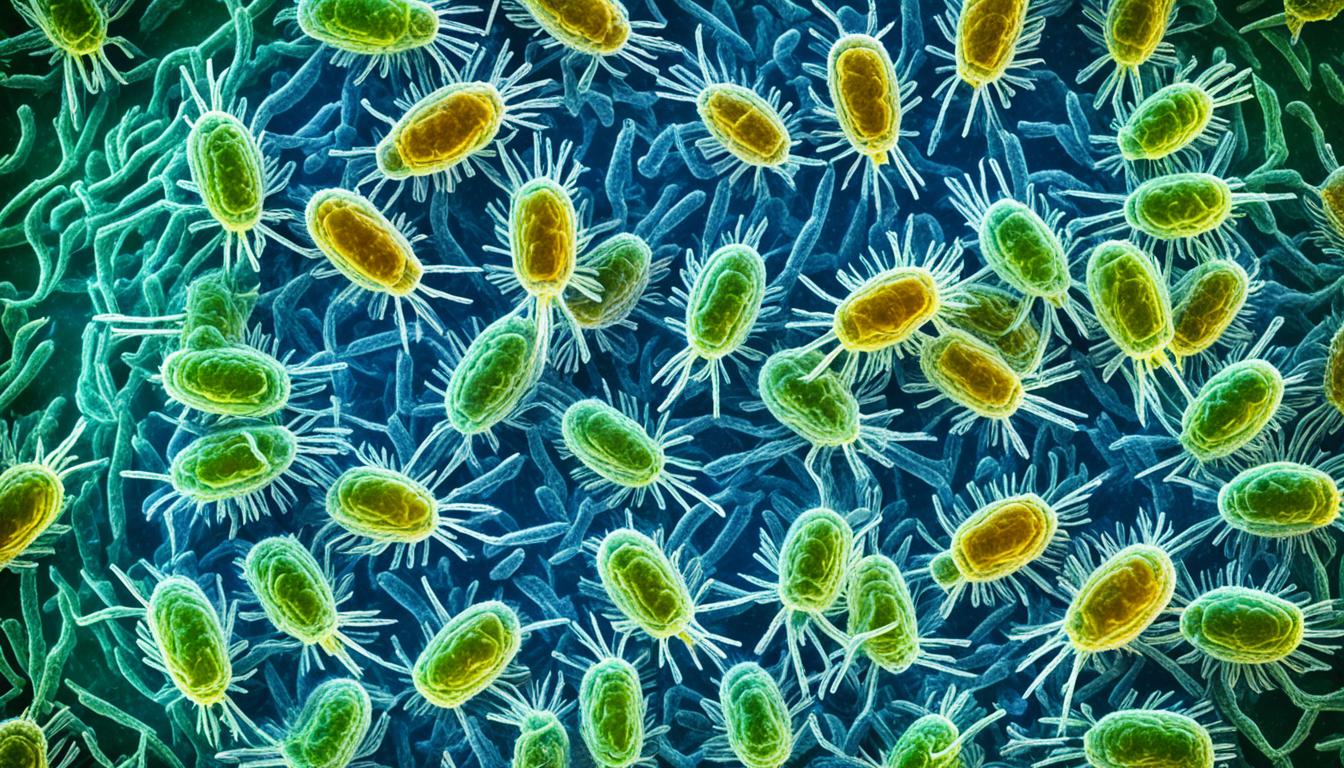Lice body, also known as pediculosis, is a parasitic disease that affects the human head and body. It’s caused by the Pediculus humanus parasite. Children mostly get this disease. It makes them feel itchy and uneasy. In some cases, it can cause a kind of anemia where the body lacks enough iron due to losing blood.
It spreads from person to person by direct contact with someone already infected. This disease’s main signs are itching, a red rash, and seeing lice and their eggs in the hair. A doctor can tell if you have it by checking your hair for lice or nits (eggs) thoroughly.
There are different ways to treat it, including using some medicines and removing the lice by hand. To stop it from coming back, avoid close contact with infected people, don’t share personal stuff with others, and keep your hair clean.
Stem cell therapy is a new method that might help treat this disease by growing hair back and making it harder for the lice to return.
Key Takeaways:
- Lice body, also known as pediculosis, is a parasitic infestation affecting children.
- Symptoms include itching, redness, and the presence of lice and nits.
- Diagnosis is made through visual inspection or using a louse comb.
- Treatment options include medications and manual removal of lice and nits.
- Prevention methods include avoiding head-to-head contact and practicing proper hygiene.
- In severe cases, stem cell therapy may be considered for treatment.
Symptoms and Diagnosis of Lice Body
Body lice infestation can bring about varied symptoms, showing the presence of these bugs. It is crucial to spot these signs early to treat them effectively.
Common Symptoms of Lice Body
- Severe itching: The main sign is strong itching, especially on the head or neck.
- Ticklish feeling: Some might feel ticklish on their scalp or neck from lice moving.
- Sticky feeling: Lice release something that makes the scalp sticky or tacky.
- Red spots: Bites and scratching can result in red spots on the scalp, neck, or shoulders.
Lice and their eggs can be seen on the scalp and hair. This infestation can cause sores, which might mean a more serious case.
Diagnosing Lice Body Infestation
Discovering lice body infestation is through a visual check of the scalp and hair. Looking closely can show either active lice or their nits.
A louse comb, ideally used on wet hair, can help find lice and nits easier. It’s crucial to tell the difference between lice and other things like dandruff. If no live lice are found, but nits are, it might be a sign of a past issue that was treated.
| Symptom | Description |
|---|---|
| Severe itching | The main symptom of lice body infestation, caused by lice saliva |
| Ticklish feeling | A sensation of tickling on the scalp or neck |
| Sticky feeling | A tacky sensation on the scalp due to lice secretions |
| Red spots | Appearance of red spots on the scalp, neck, or shoulders |
Treatment and Prevention of Lice Body
Treating body lice involves using both over-the-counter and prescription medicines. These medicines kill lice. You can get them as shampoos, creams, or lotions. Always follow the directions and dosage on the label. If treating children under 2, talk to a doctor first.
Combing the hair with a special comb helps get rid of lice and nits. This comb is fine-toothed and removes the lice and their eggs. Doing this often makes treatments work better.
If regular methods don’t work, stem cell therapy is an option. This therapy can help hair grow back and keep lice away for a long time. It’s for those who keep getting lice.
To avoid getting body lice, prevent head-to-head contact. Don’t share items like hats and combs. Good hygiene is also important. This includes washing your hair and clothes often. Checking for lice regularly, especially in kids, helps catch them early.
FAQ
Q: What are the symptoms of lice body?
A: When you have lice body, you’ll feel itchy and ticklish. Your scalp and neck might feel sticky. You could see red spots on your head, neck, or shoulders.
Q: How is lice body diagnosed?
A: Doctors diagnose lice body by looking at your scalp and hair. They check for live lice or eggs, called nits. A special comb helps find lice and nits better, especially with wet hair.
It’s crucial to tell lice apart from dandruff or other stuff in your hair.
Q: What are the treatment options for lice body?
A: Treat lice body with over-the-counter or prescription medicines. These have pediculicides, which kill lice. You can get them as shampoos, creams, or lotions.
Using a louse comb to remove lice and nits is also a good idea. In serious cases, stem cell therapy might be an option. It helps your hair grow back and stops lice from coming back.
Q: How can lice body be prevented?
A: To prevent lice body, don’t let your head touch others’. Don’t share personal items like hats and combs.
Keep up good hygiene, including washing your hair often. Wash and dry your clothes and bedding the right way. Don’t forget to check for lice and nits regularly, especially in kids. Catching lice early makes treating them easier.

